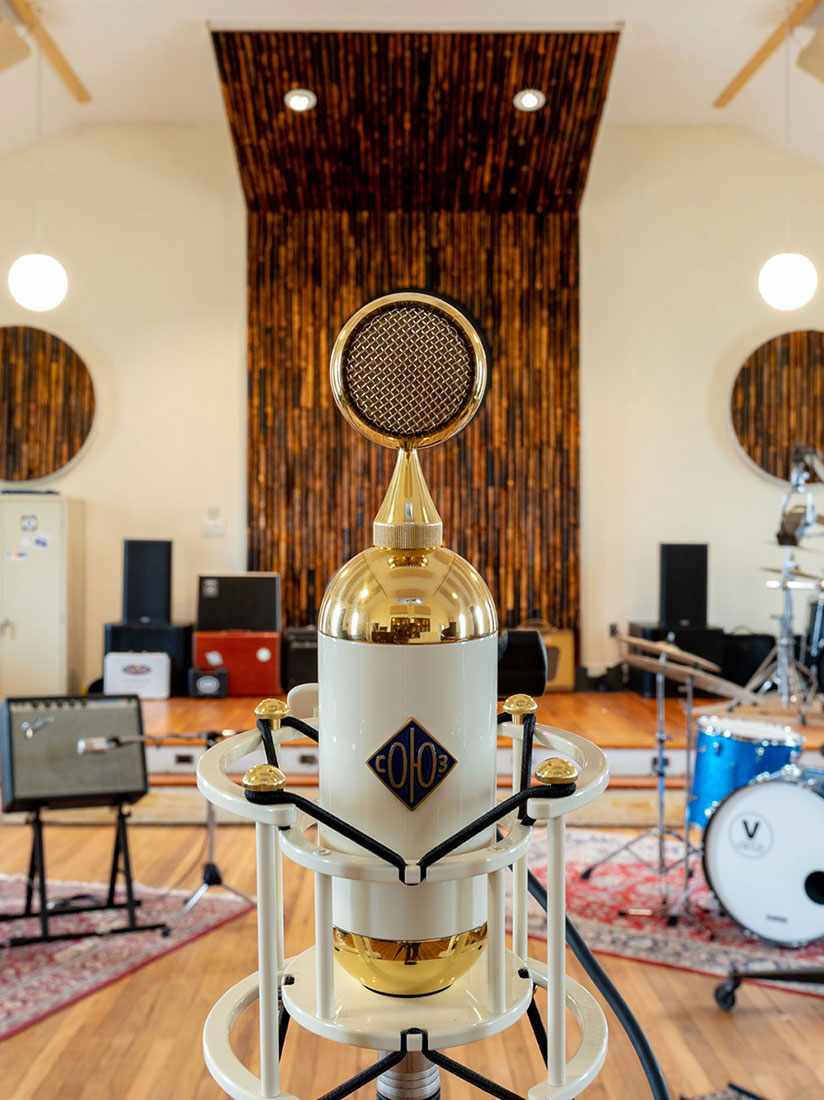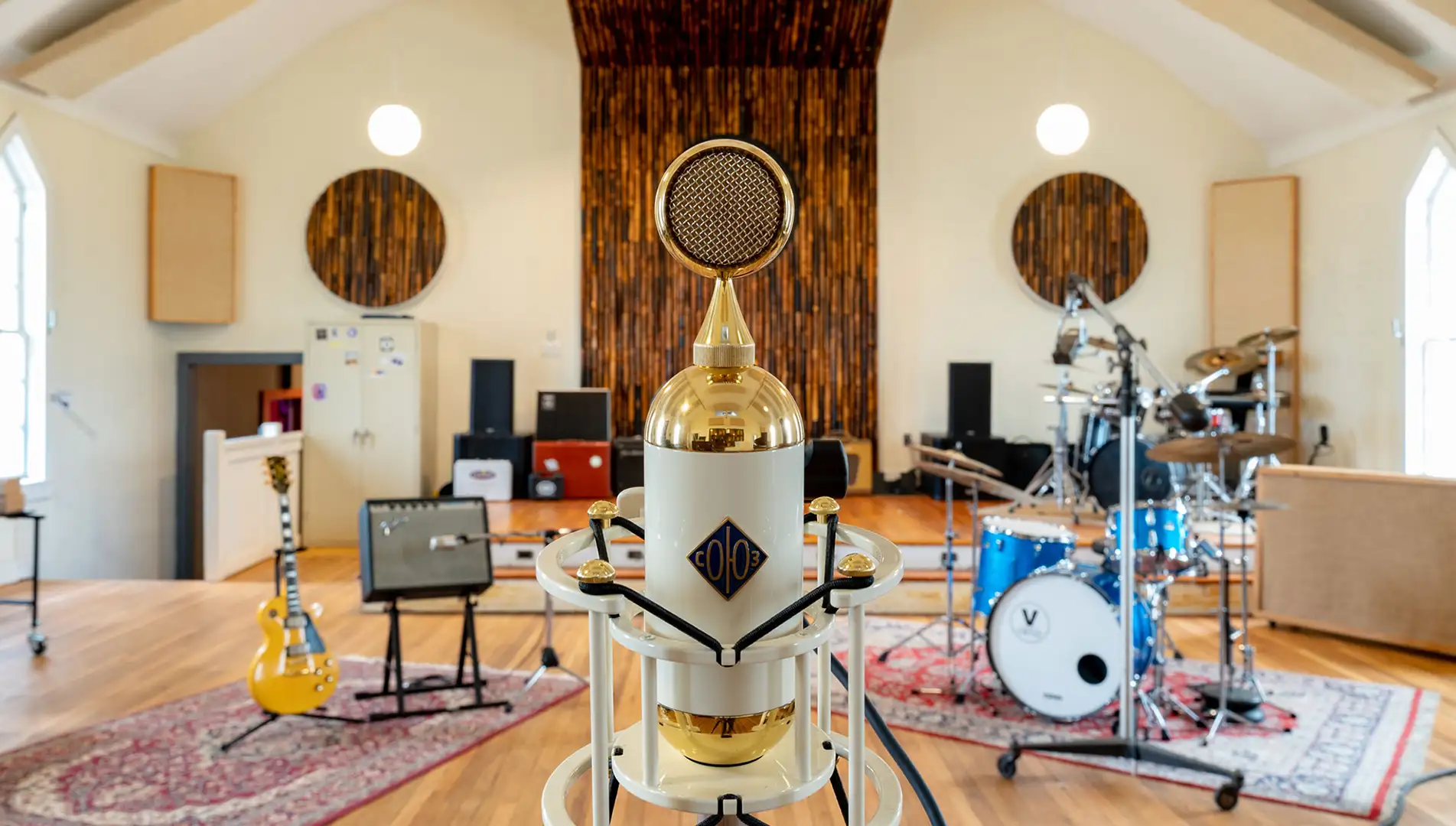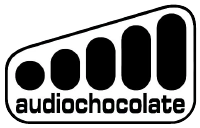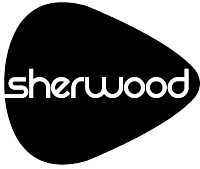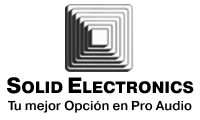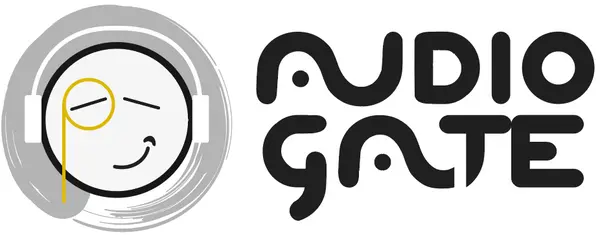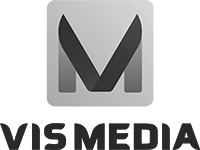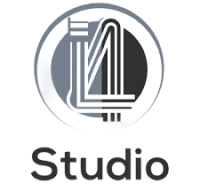Every musician, audio engineer, and producer has their own approach to making records. For Braeden “Pockets” Rangno, it’s all about getting distinct sounds that no one else can achieve.
To do this, Braeden created a unique place, a recording sanctuary filled with interesting gear choices that suit all manner of genres. This Vancouver-based space is called Vibe Cave Studios, and Braeden tackles most of his recording and mixing duties there.
We recently sat down with Braedenfor our Soyuz Spotlight series to talk about Vibe Cave. Continue reading below to learn more about the studio, Braedan’s workflow, and the fantastic gear he’s using.
How did you get started in audio production?
Haphazardly! I decided to switch from studying geology to music after around a year of school. I had wanted to be a geologist since I was nine. I was listening to this one record on repeat on my drive to university, and I started to wonder how they were getting those sounds and what made them write that way. It was just so different from the stuff I had grown up with.
I was doing demos, writing with my buddy, and eventually found an audio school in Vancouver. I knew the only way my folks would let me drop out was if it was for another “school,” so I said, “Hey I wanna move to the city and do this completely different thing that I’ve never mentioned before. Is that cool?”
After a little bit of back and forth and convincing, I ended up moving and starting school in front of an SSL 4K and didn’t know anyone there. I literally went up and down the streets looking for buskers I liked and asking if they wanted free studio time.
What studios were you working at when you were coming up?
Oh man, all kinds! I interned for a terrific producer named Howard Redekopp for a while. Through him, I got to work out of The Armory Studios and Monarch, as well as his awesome home studio. For my own sessions, I was mostly working out of weird hole-in-the-wall studios with names like Ampersound and Sugar Ts. Occasionally, I was able to afford to do some records at bigger rooms like GGGs Richardson’s The Farm Studios and Greenhouse. But I would record anywhere, at one point, it was an impromptu performance from a band on top of a ferry. I had all my gear with me as I was coming back from a pre-production session. I got my mic, laptop and Mbox set up in like five minutes and got a half hour performance half-hour out of them.
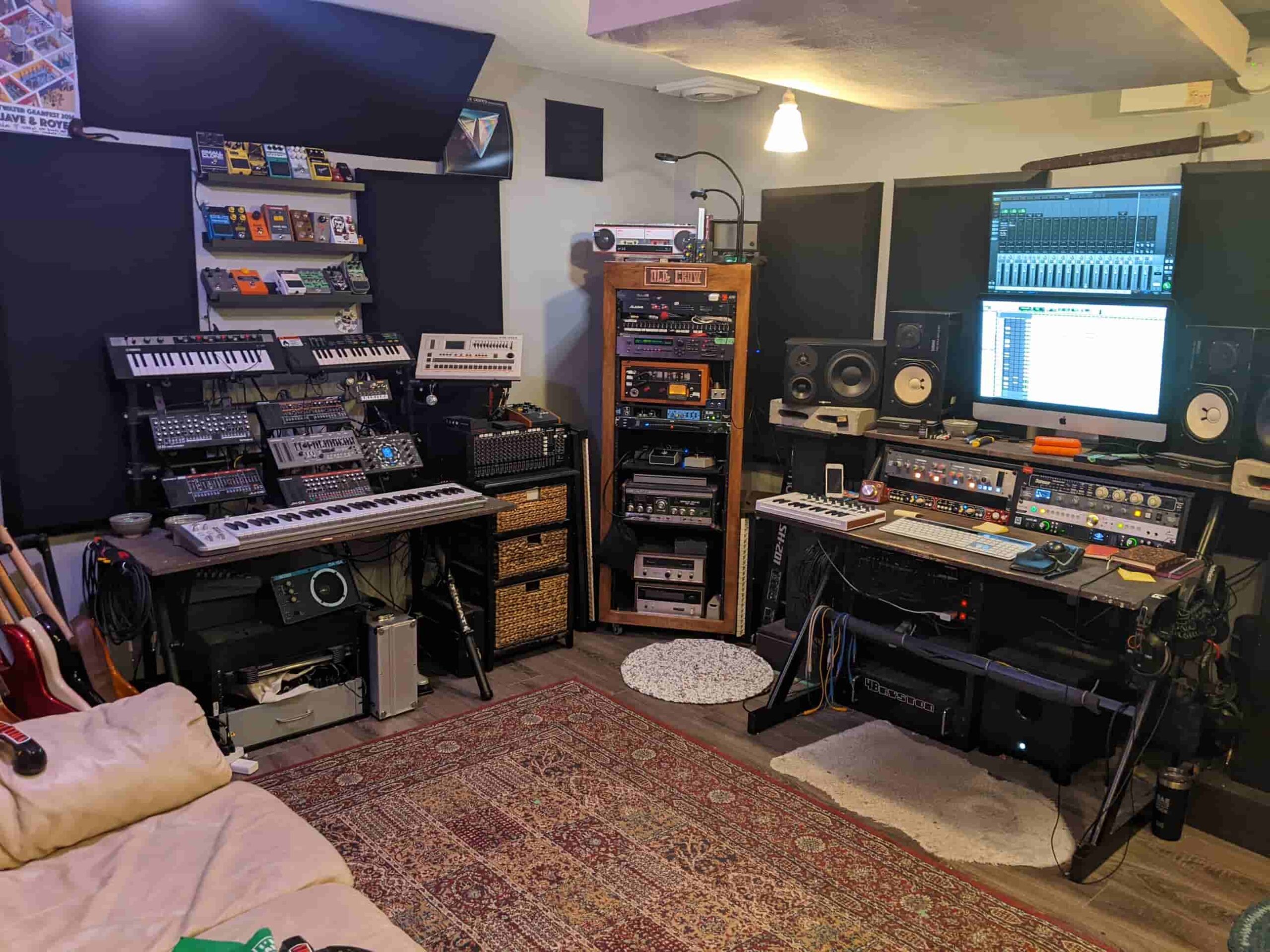
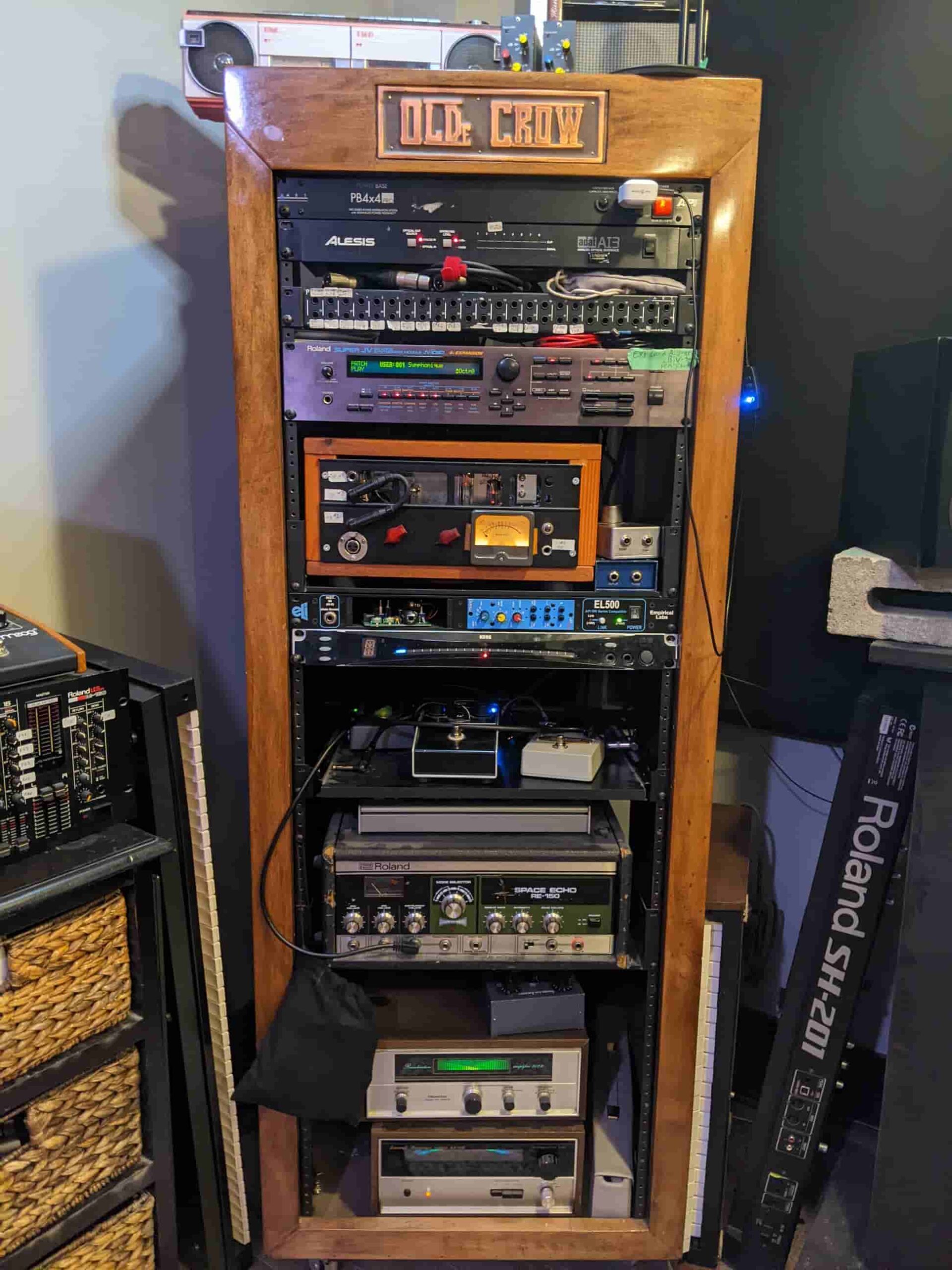
Necessity more than anything. I was starting to max out on my upstairs neighbor’s patience while making records at home. I can’t blame her. I got a call from my buddy Matt Roach, an engineer at Greenhouse Studios, and he said, “Hey, there’s a studio space available in the complex next door to Greenhouse! You don’t suck. Want to share this space together?”
We had a day to decide to take over the lease. I borrowed some money for a few months of rent and jumped in. We ended up splitting the space into dual control rooms, and I found another friend to help split the rent in my room. Suddenly I was working a full-time job and running a small studio! I borrowed some money for a few months of rent and jumped in. We ended up splitting the space into dual control rooms and I found another friend to help split the rent in my room. All of a sudden I was working a full time job and running a small studio!
Originally it was kind of meant for anything! I was still pretty early in my career, so I was just taking on all kinds of projects. Now it’s intended for rapidly switching between mixing, programming in the box, and recording just about any instrument but drums. I was getting really tired of having to do major change overs or setups in different rooms, so this space is built for super fast creative moves.
The biggest difference is that I absolutely refuse a booth or separate space for vocals. We have one, but vocals are always done in the room with me. I have a deep hatred for talk back buttons, and I want to make sure I know exactly what headspace my artist is at, at all times. What better way to do that than have them right beside me?
Talk about the basic workflow of the studio space and walk us through your gear set-up.
I’ve taken bits of my favorite setups, like Joe Barresi’s pedal wall for mixing, and integrated them. Howard had an excellent iso room with permanently miked guitar cabs in another room for tracking. So I built a version of that with some Dakine pres always set up for that job.
I have a section I call “Synth Island” that all mixes down to an old 16-channel rack mount Roland mixer, so when I’m sound designing, I can blend six or seven different synths and just patch flip and tweak. I can print to a stereo track in Pro Tools and commit to the sound right there. I find it way more creative than opening up a bunch of Serum or Phase Plant instances and doing the same thing.
Everything is built around the Universal Audio Apollo with an Antelope Satori monitor controller. A Dangerous AD+ is on its way though.
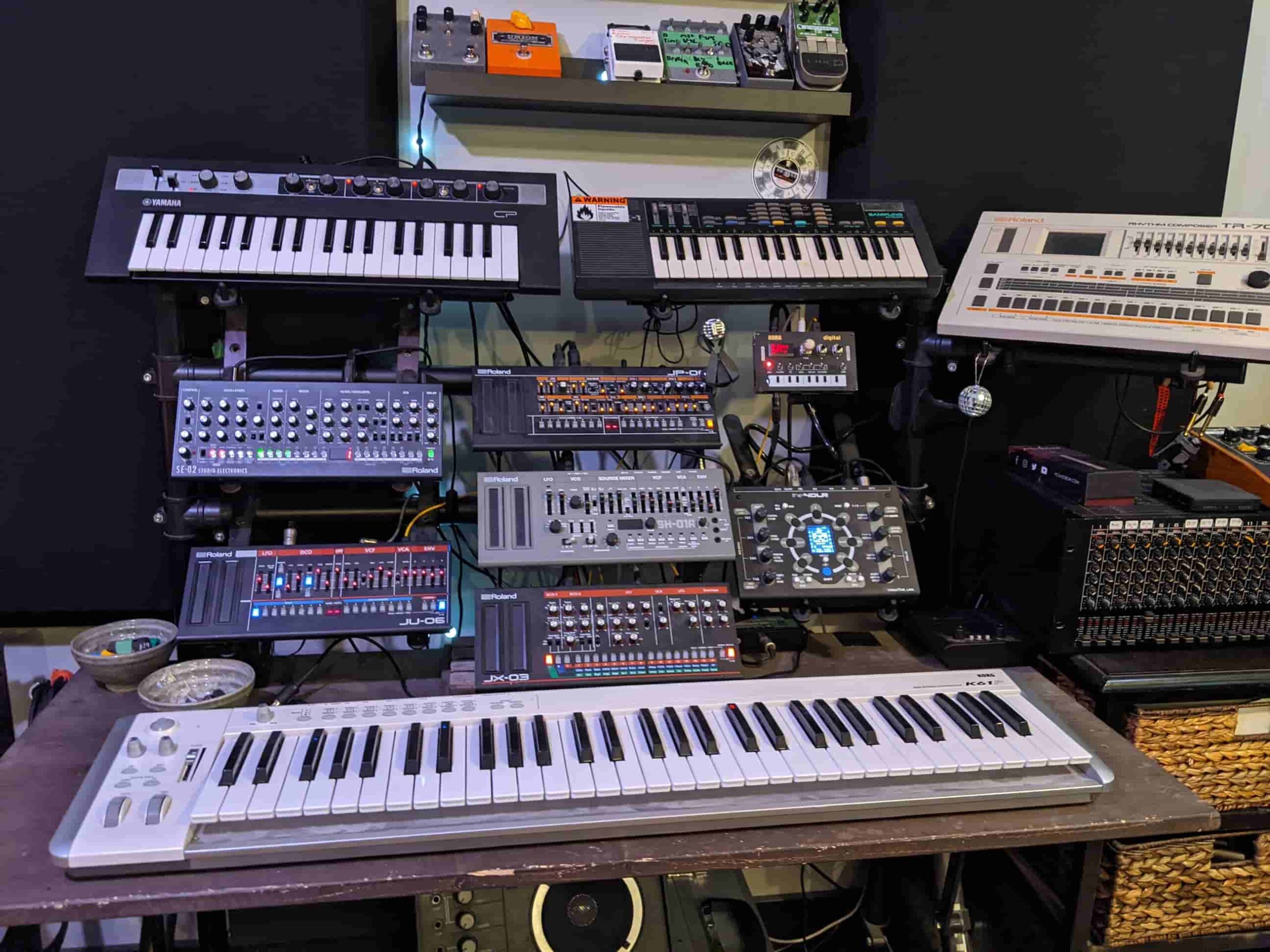
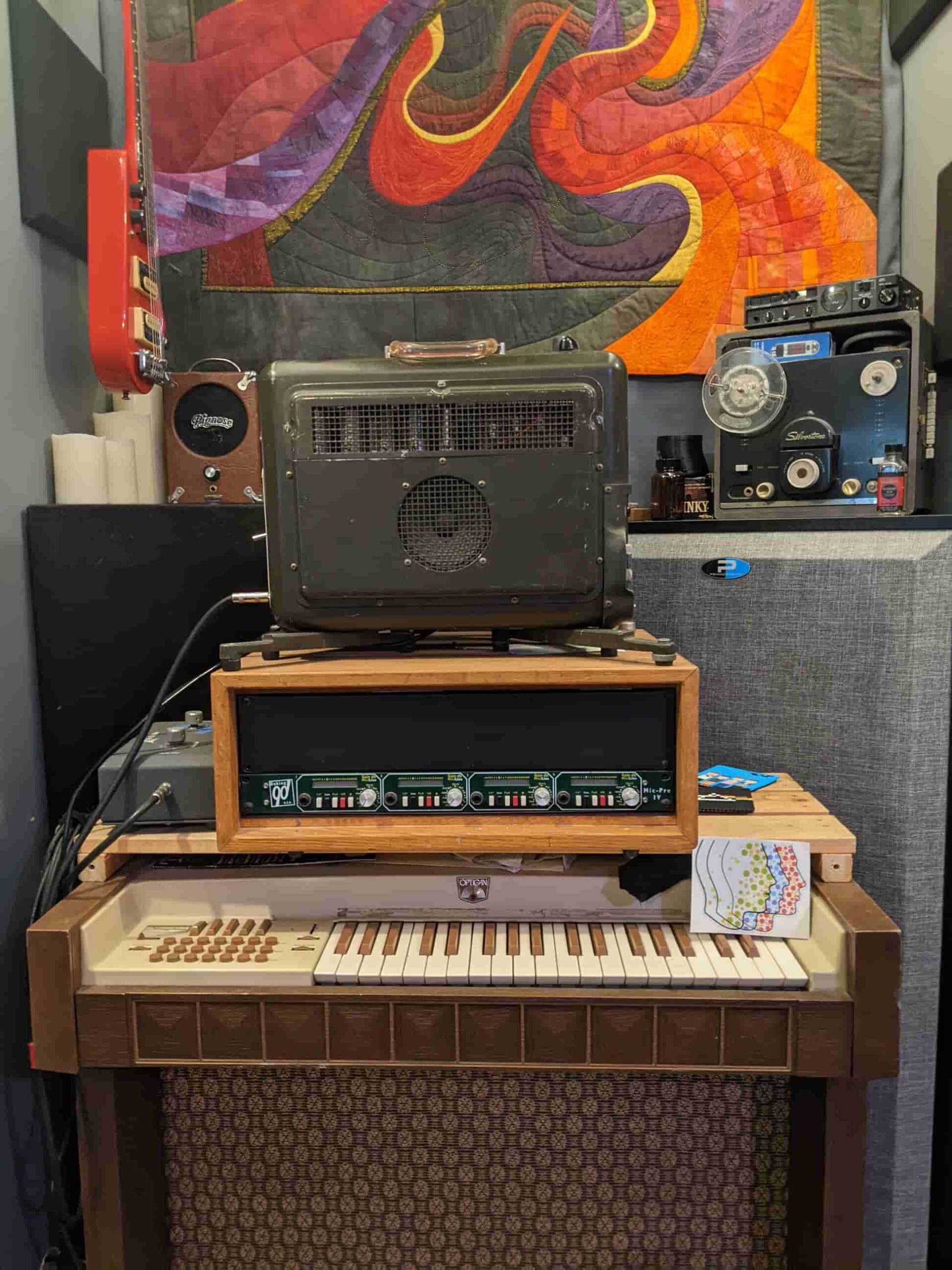
The Sonic Farm Creamer + is still my desert island piece, however, I have this old Roberts reel-to-reel tube preamp that was modded, and it just has an incredible tone for guitars. It sounds like a miked amp! My tech describes it best by saying that one of the tubes is acting like a compressor section, so it has its own squeeze effect. I love it on room mics and it has a beautiful VU.
What made you decide to pick up a microphone from Soyuz?
I had heard a few things recorded with the 017 and I was pretty blown away. I was also looking for something a bit different from the usual fare that most other studios or producers had in the area. Love an 87, 251 or a 414, but there are more sounds out there, and I want to find them. I’m also a big fan of Sylvia Massey, her digging them might have influenced me a bit.
What do you like about the 017 FET’s sound? What does it bring to your mic locker?
It’s super smooth in the ranges I always deal with sibilance. I would also describe it as a very “rich” mic, meaning I love using it as just a solo mic for a vocal and acoustic performance because it takes a great picture of what’s in front of it. It’s a whole new color on the palette for microphone choice, even amongst my other FET mics.
I’ve noticed you using it a lot on vocals. What’s your favorite signal chain for the microphone?
Depending on the vocalist or genre, it’s either a MAAG PreQ or the Sonic Farm Creamer Pre. The Creamer can run pentode or triode, so it just gives any mic a huge level of flexibility. Then it’s usually hitting my Distressor before going into the UA Console for a bit of Pultec EQ if needed, a bit of 2K control with the Precision De-Esser, and a touch of limiting with the UA LA2A or CL1B.
I know you’ve used our other microphones as well. What do you think of the 023 Bomblet and 013 Series? What applications have you used those microphones for?
Both are fantastic! We actually have two sets of 013s between myself and our large format partner studio, Rain City Recorders (formerly Greenhouse). Those are all over overheads and acoustics. I love them on our upright piano. We have a few other sets of mics that are sitting around much more often now. Straight up, the 023 Bomblet replaced our Fet47 on kick out for me, which is usually a permanent staple.
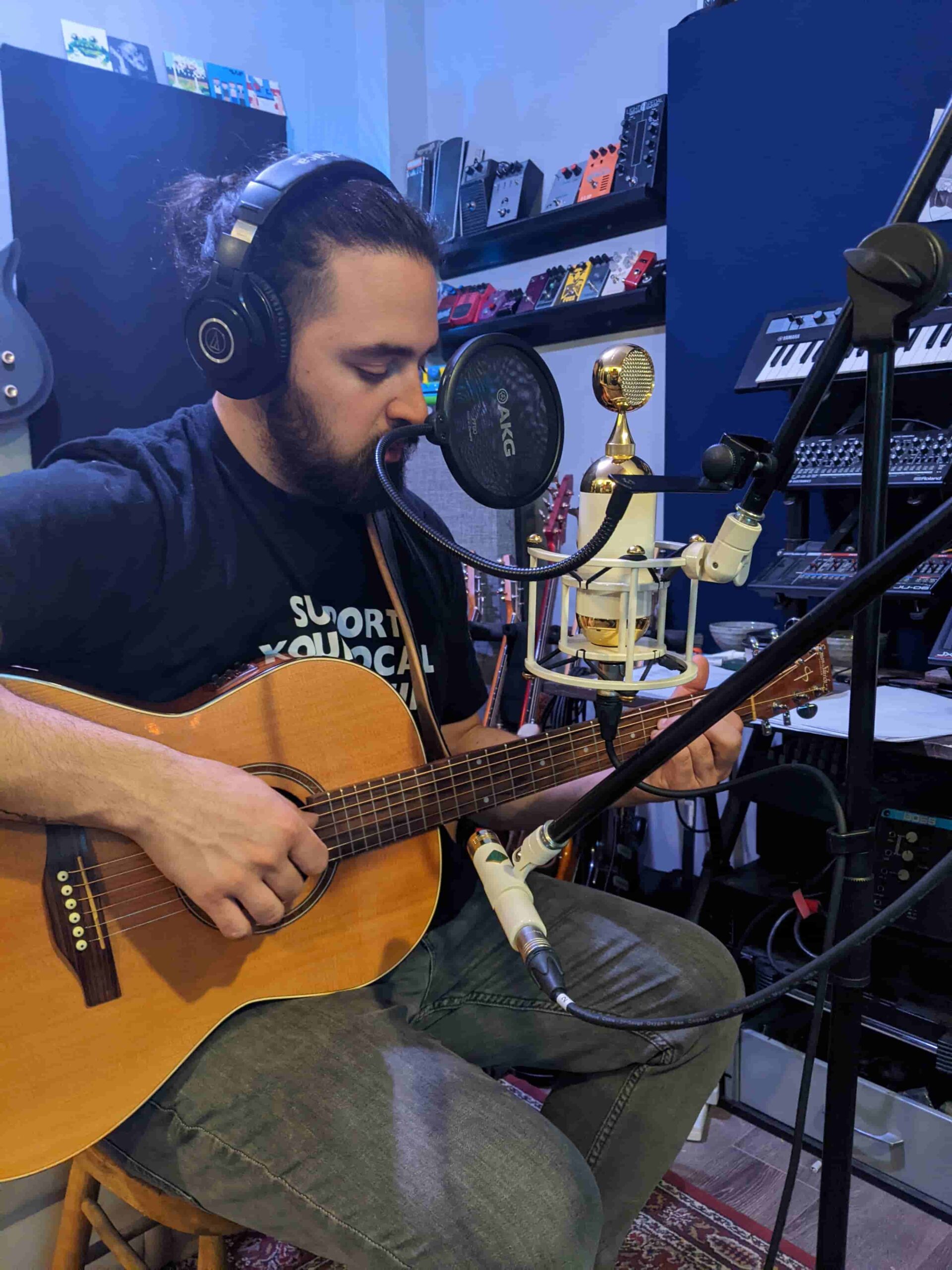
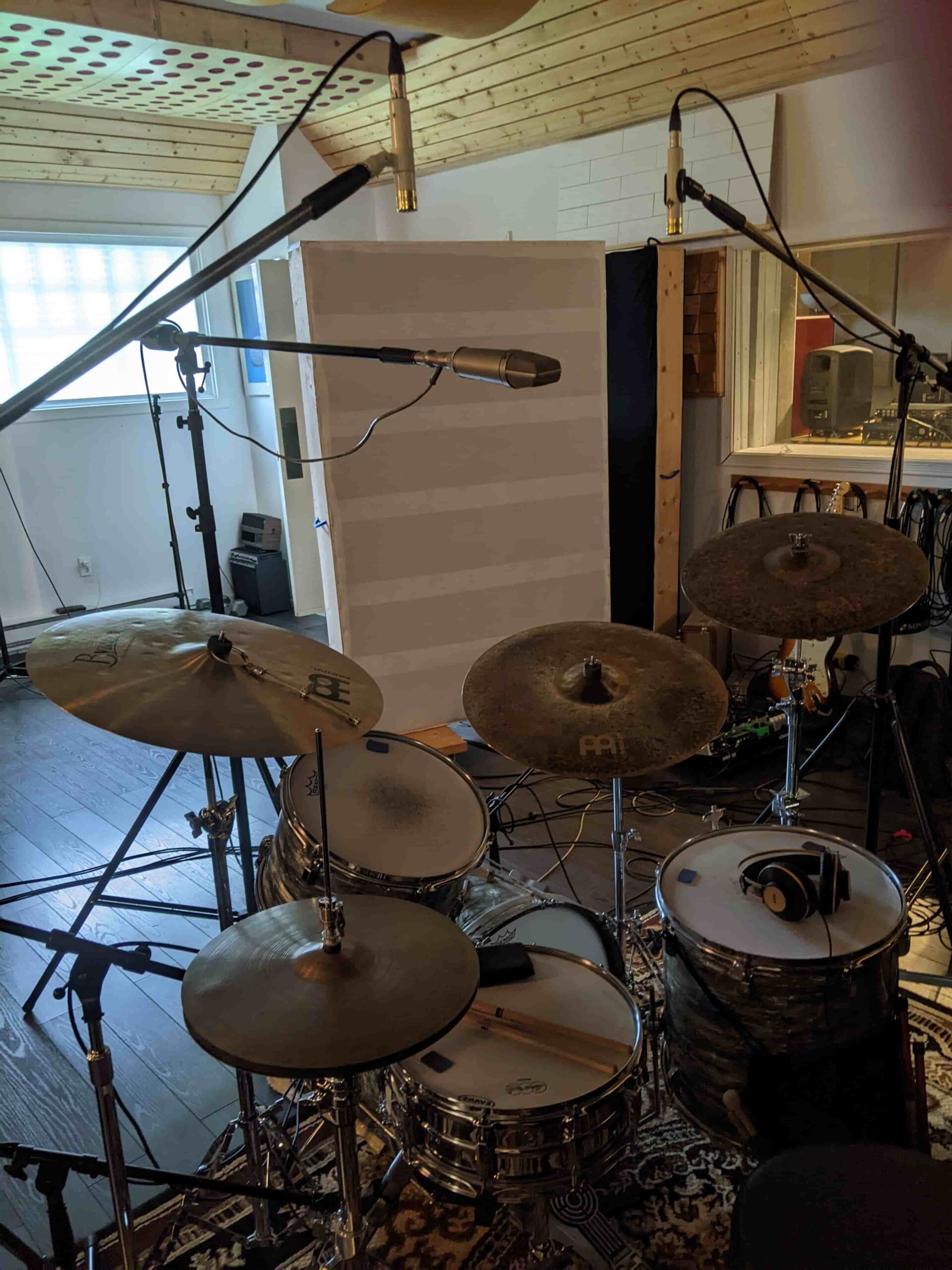
Invest in the tools that consistently make your job easier so you can focus on the performance and your workflow. Use hammers, not swiss army knives to build with. Also, consistently do a good job and don’t be a prick to work with.
What’s next for you and Vibe Cave?
Sync! All I truly care about is making great records, but I’m building a part of my business out to deal with sync opportunities. I end up with writing splits on most of the records I produce, and a lot of bands don’t want to deal with the paperwork and business side that comes with the job. So I’m making an in-house library from music so I can represent the artists without an additional cut from any of their writing, master or publishing.
